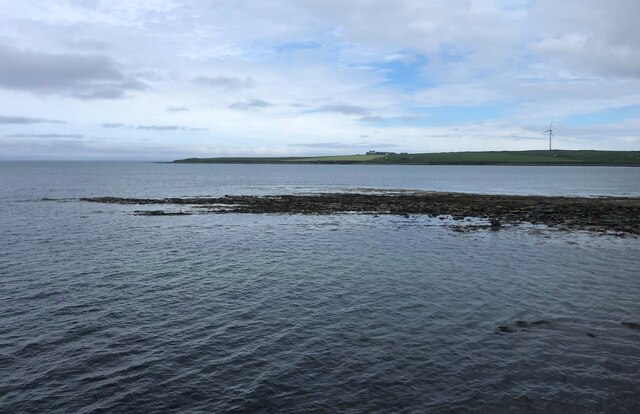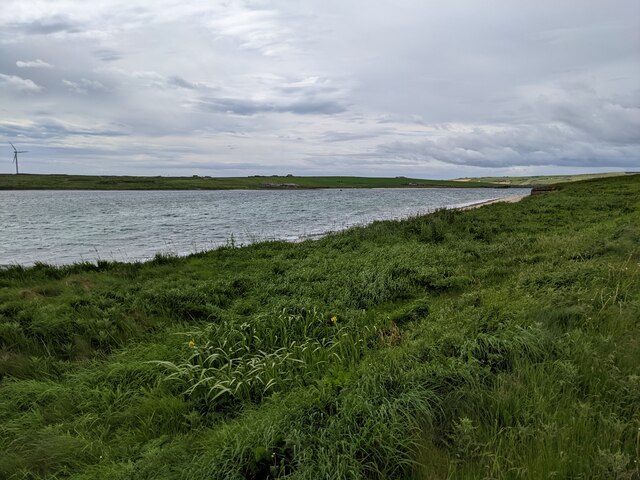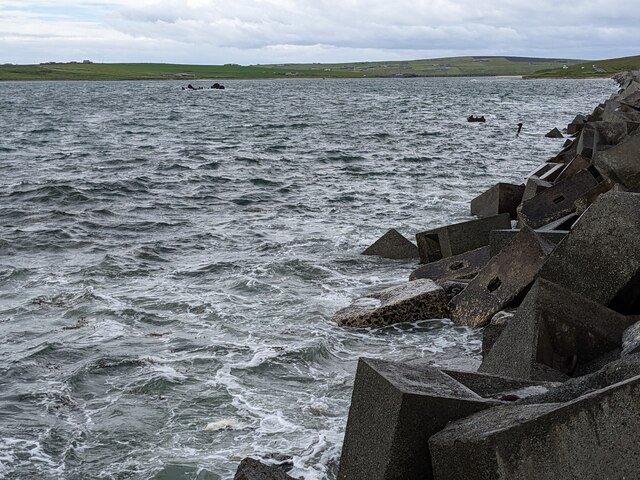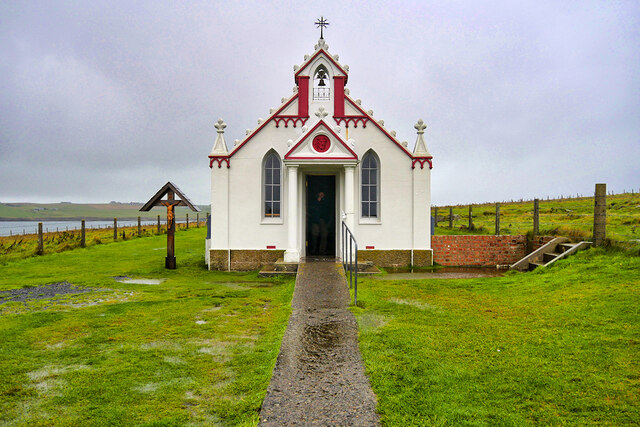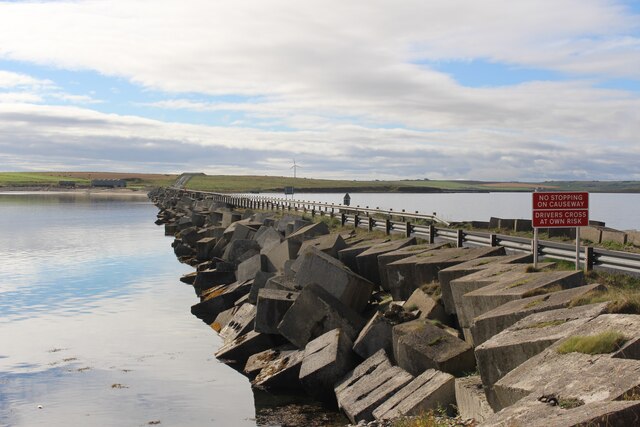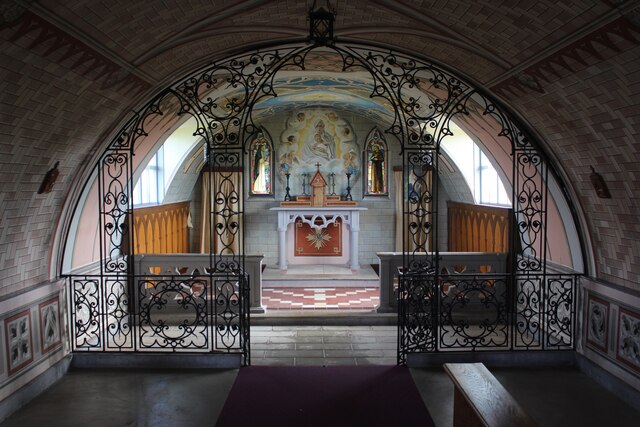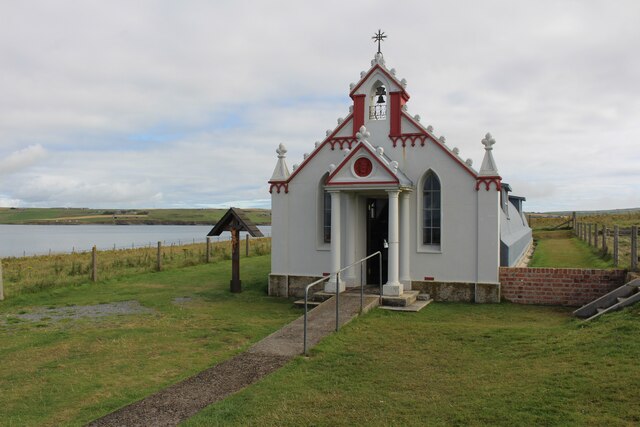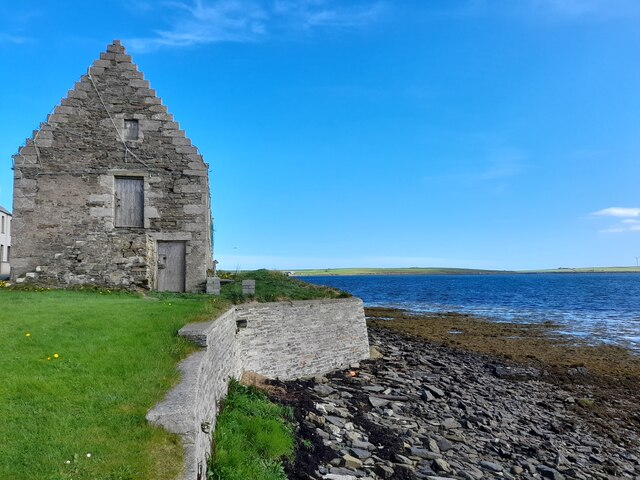Bay of Sandber
Bay in Orkney
Scotland
Bay of Sandber
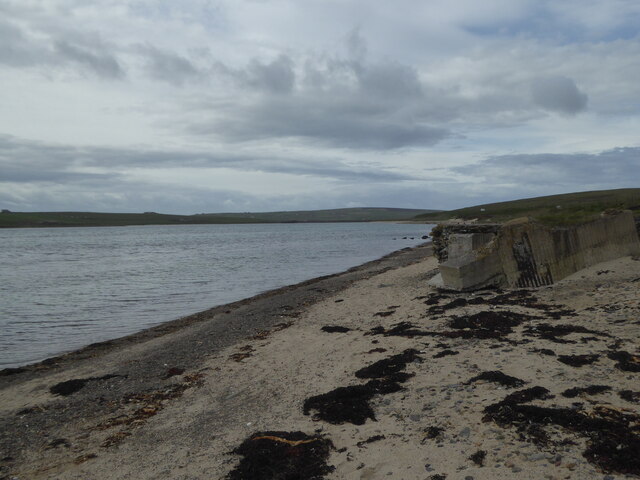
The Bay of Sandber is a picturesque coastal area located in the Orkney Islands, Scotland. It is situated on the eastern side of the Mainland, the largest island in the archipelago. The bay is renowned for its stunning natural beauty and is a popular destination for both locals and tourists alike.
The Bay of Sandber is characterized by its pristine sandy beaches, clear turquoise waters, and dramatic cliffs. The beach stretches for approximately one mile, providing ample space for relaxation, beachcombing, and various water activities. The bay offers breathtaking views of the surrounding landscape, with rolling hills and green pastures creating a captivating backdrop.
The area is also home to a rich diversity of wildlife, including various seabirds, seals, and occasionally dolphins. The bay is particularly known for its birdwatching opportunities, with species such as puffins, guillemots, and razorbills frequently spotted along the cliffs and in the surrounding waters.
In addition to its natural attractions, the Bay of Sandber also holds historical significance. It is believed to have been a landing site for Viking ships during the Norse era, and remnants of Viking settlements have been discovered in the vicinity. The bay is often associated with local folklore and legends, adding an air of mystery and intrigue to the area.
Overall, the Bay of Sandber offers a unique combination of natural beauty, wildlife, and historical significance, making it a must-visit destination for nature enthusiasts and history buffs visiting the Orkney Islands.
If you have any feedback on the listing, please let us know in the comments section below.
Bay of Sandber Images
Images are sourced within 2km of 58.890789/-2.9236056 or Grid Reference HY4600. Thanks to Geograph Open Source API. All images are credited.
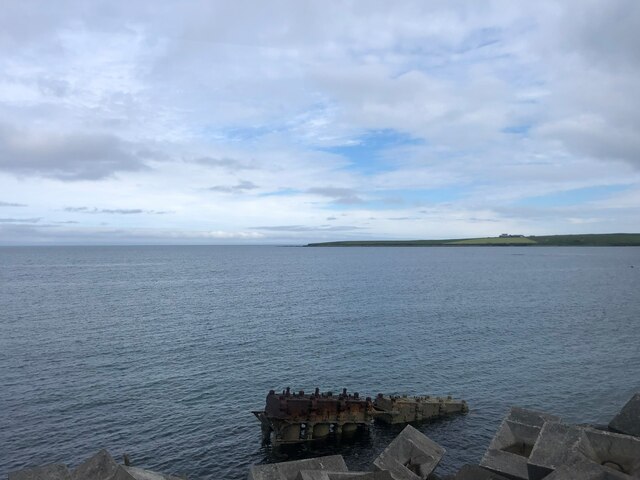
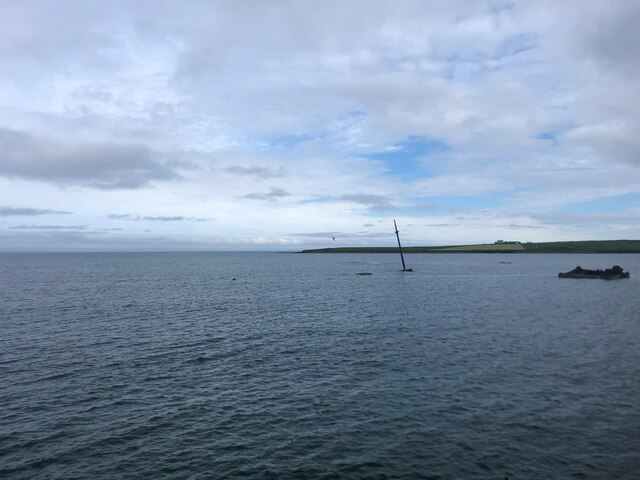
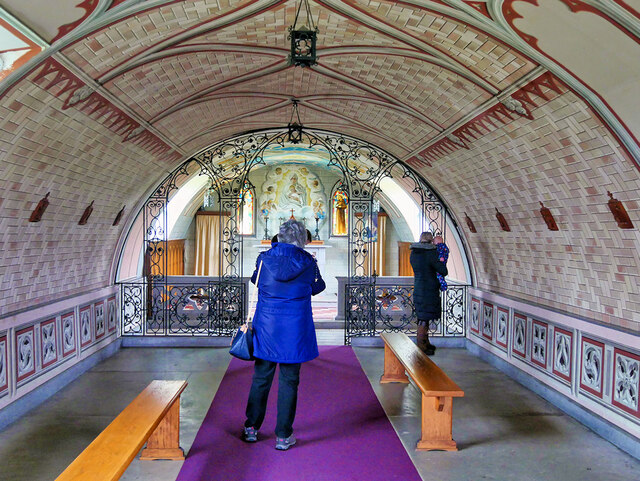
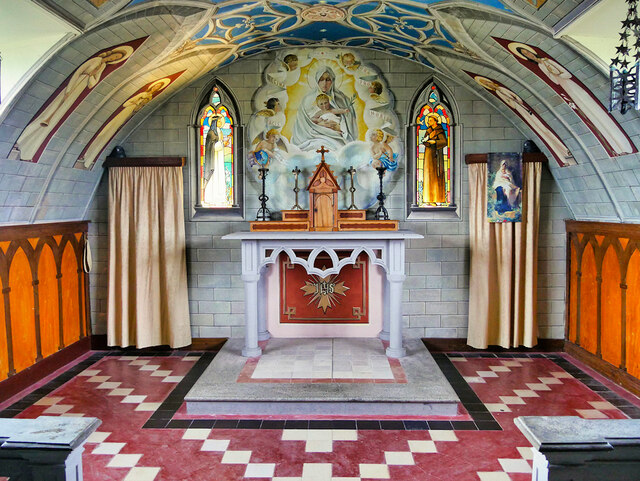



Bay of Sandber is located at Grid Ref: HY4600 (Lat: 58.890789, Lng: -2.9236056)
Unitary Authority: Orkney Islands
Police Authority: Highlands and Islands
What 3 Words
///fortunate.twitches.royal. Near Holm, Orkney Islands
Nearby Locations
Related Wikis
Broch of Ayre
Broch of Ayre, also known as St. Mary's Broch, is an Iron Age broch in Orkney, Scotland. == Location == Broch of Ayre is found on the northern shore of...
St Mary's, Orkney
St Mary's (also known as St. Mary's Holm) is a small village in the parish of Holm on Mainland, Orkney, Scotland. It was originally a fishing port. Orkney...
Orkney F.C.
Orkney Football Club is a senior association football club from the Orkney Islands, Scotland. The club was founded in 2012 and competes in the North Caledonian...
A961 road
The A961 is a single-carriageway road on the eastern side of Scapa Flow in the Orkney Islands, connecting the town of Kirkwall on the Orkney Mainland to...
Nearby Amenities
Located within 500m of 58.890789,-2.9236056Have you been to Bay of Sandber?
Leave your review of Bay of Sandber below (or comments, questions and feedback).
